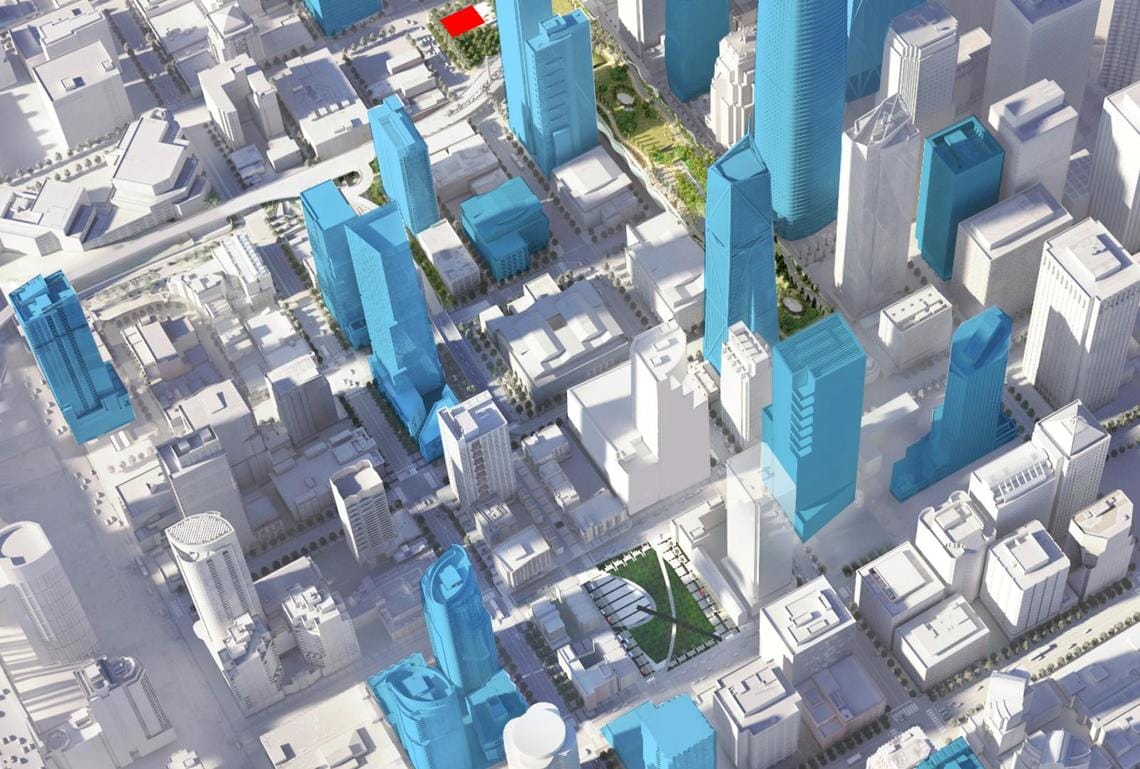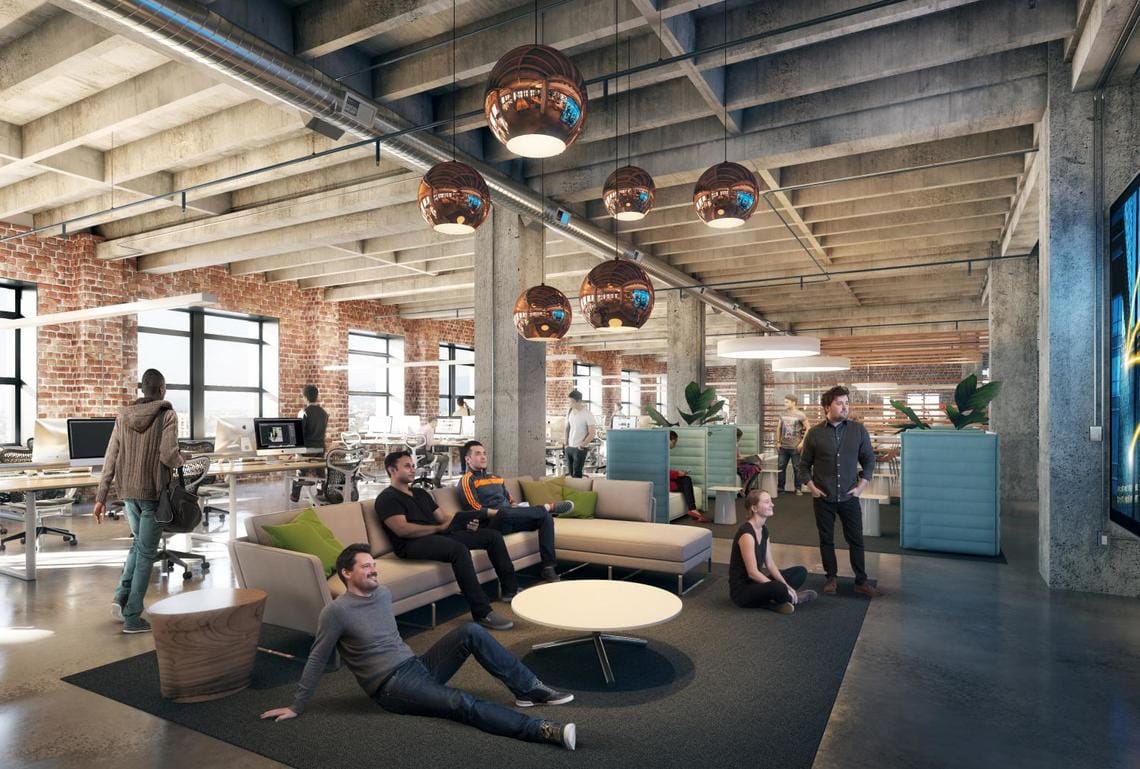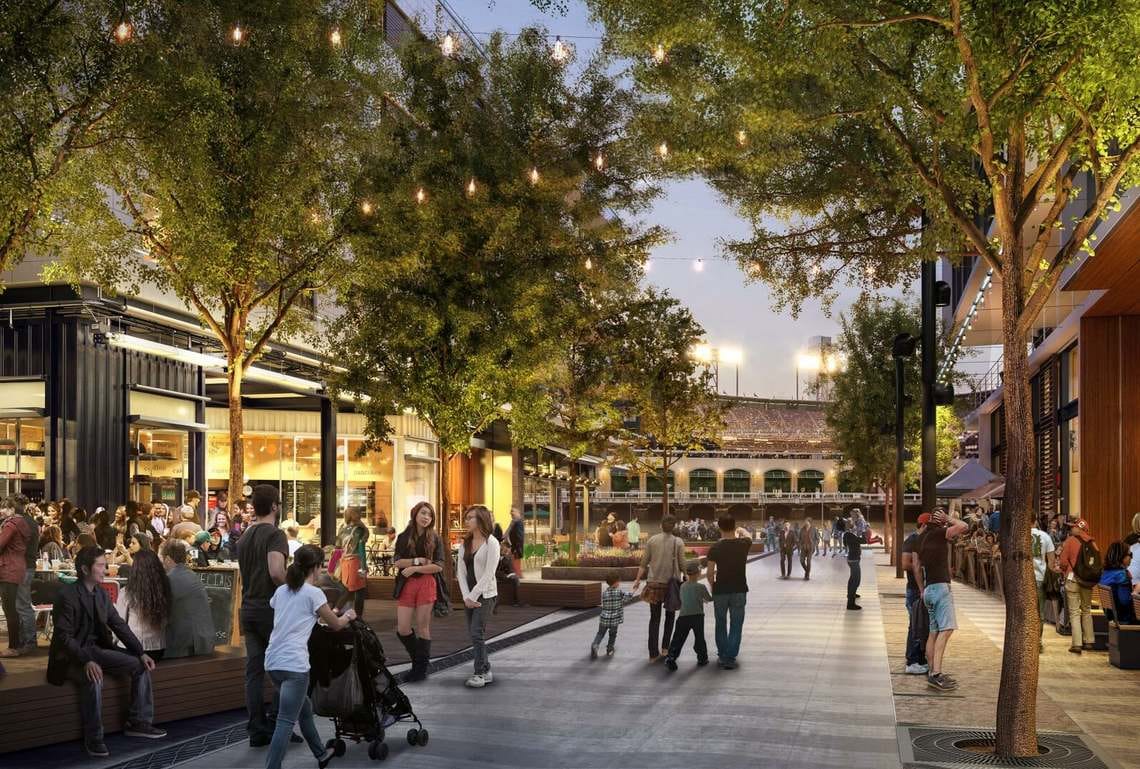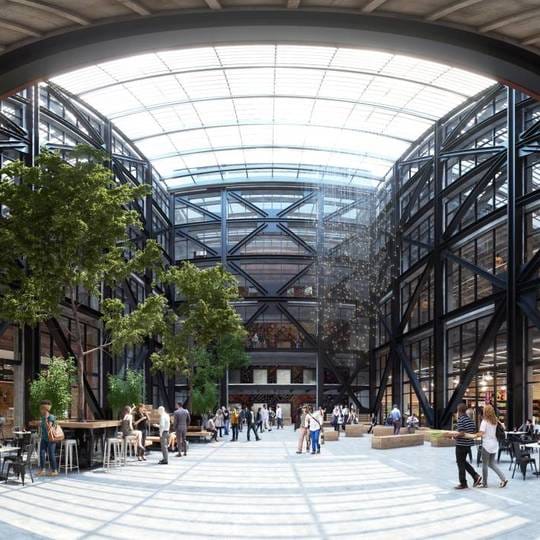Steelblue founder O’Brien Chalmers explains how his communication company has moved beyond the physical and into the virtual.
San Francisco is experiencing a massive property boom at the moment. The City by the Bay’s skyline is dominated by enormous cranes lifting megastructures into place. Nestled in this urban explosion sits Steelblue, a creative agency specializing in strategic visual marketing – in fact, it’s had a hand in the visualization of most of the new buildings.
“The speed at which developments are moving in San Francisco is unlike anything we've experienced,” explains O’Brien Chalmers, Steelblue’s founder and president. “We're literally surrounded by construction sites – and many of our larger clients. There really is no substitute for getting a call and being able to show up at a client's office five minutes later.”
The vertical expansion of San Francisco has given both Steelblue and the city’s architects a wonderful chance to explore and innovate new ways of working. The city itself has a duality unlike any other – its Haight-Ashbury district is considered the birthplace of counter-culture, but venture south to Silicon Valley and you rub shoulders with billionaire tech company CEOs.
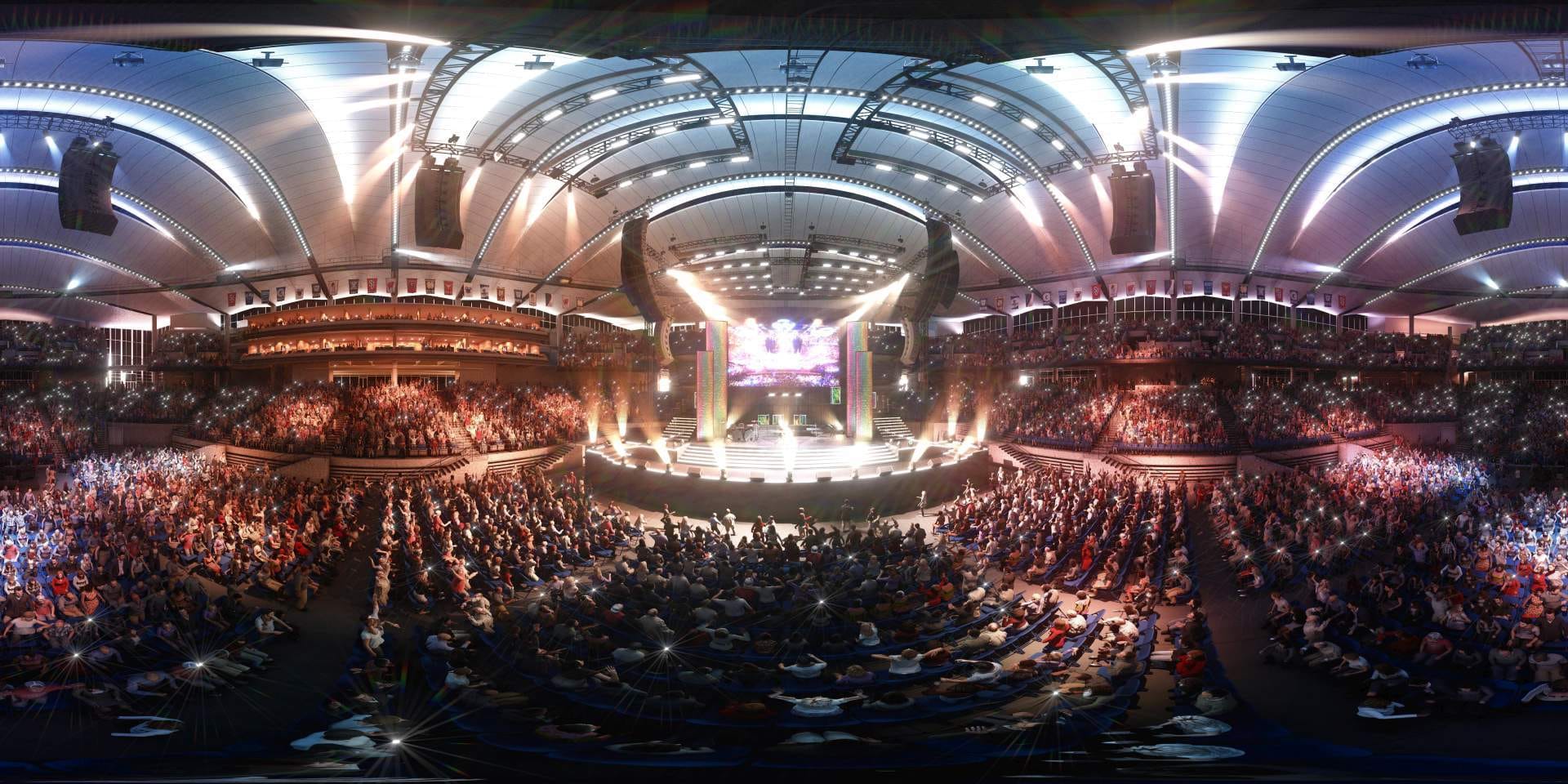
It’s a juxtaposition which is at its most prominent in the city’s downtown district – the architecture here is perhaps the ultimate fusion of design and science. “We see this as an incredible opportunity to innovate,” says Chalmers. “The best part about this is that our clients are willing to invest in exploration of art and technology, anything that will allow them to differentiate their projects from the competition.”
As a result, Steelblue uses cutting-edge tech to create pre-visualizations of buildings. It’s already explored 3D printing with a table top model of San Francisco, complete with LEGO-like swappable buildings and interactive projections. Now it’s moving out of the physical and into cyberspace as it tries on virtual reality headsets for size.
“We picked up Oculus Rifts during the initial Kickstarter campaign in 2012,” explains Chalmers. “We are storytellers and always looking to create engaging experiences with our clients, so VR was a natural progression in the evolution of our toolset. People’s appetites for richer and more inclusive experiences are growing, which makes the ability to control those experiences all the more enticing. There will always be a place for passive interaction with renderings and films, but by making designs interactive, you encourage a new type of experience that is very valuable to the communication process.”
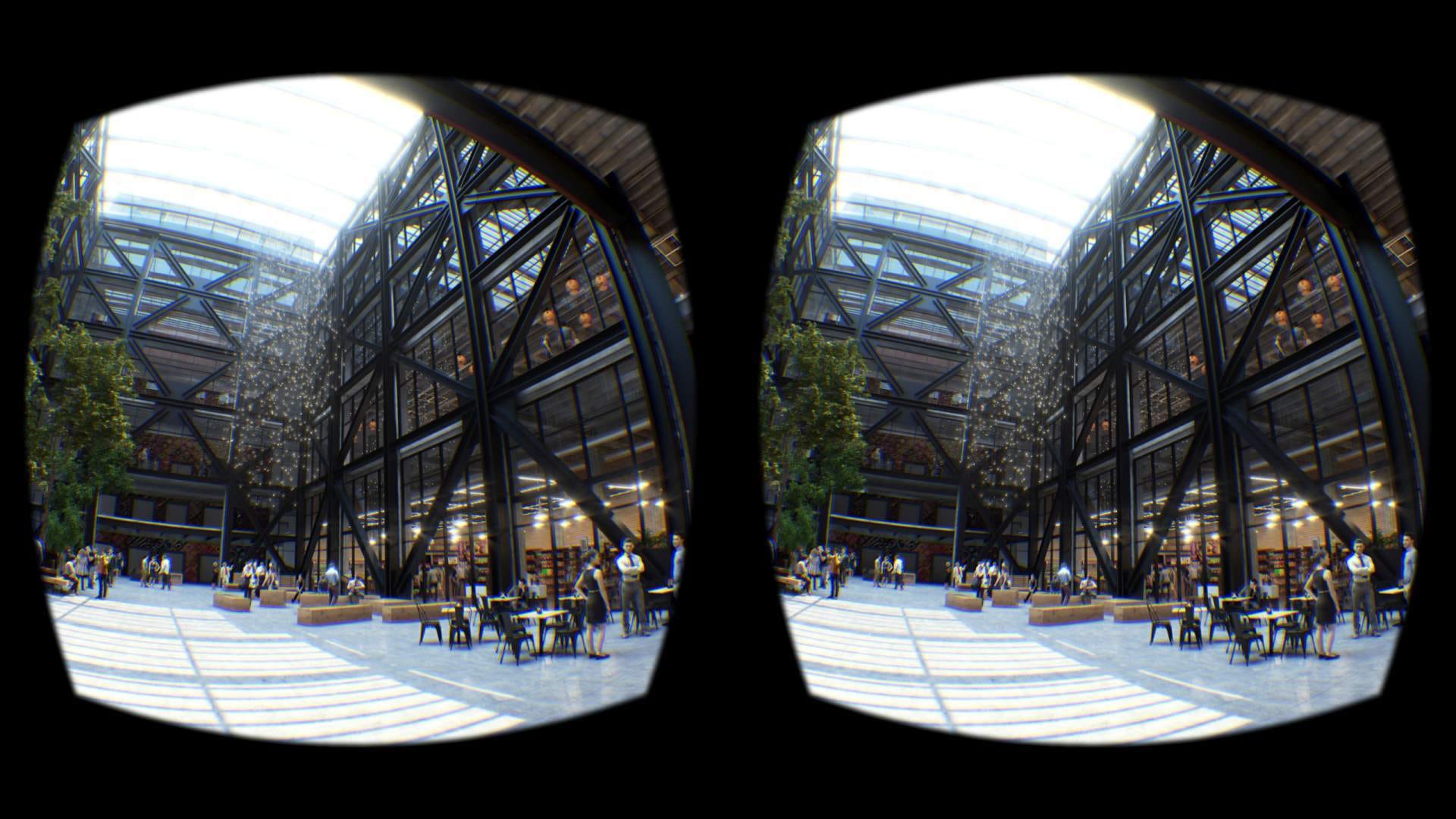
Initially developed with gaming in mind, virtual reality headsets have swept into other industries such as Steelblue’s architectural visualization, as well as television and movies. And while these may be different arenas, their ultimate goal is identical – to make the customer, or player, or audience feel as if the technology has ceased to exist and that they are physically present within an imagined world.
“When you forget you're wearing a device and are able to navigate worlds intuitively, we've done our job properly,” Chalmers says. “The other part is to be able to experience these worlds with other people at the same time. The communal, shared experience inside 3D spaces is a very exciting prospect and one we're paying very close attention to.”
Of course, an out-of-place shadow or a low-res texture can quickly turn the dream of virtual reality into a nightmare. Fortunately V-Ray’s virtual rendering capabilities ensure that make believe buildings look just like the real thing. The software’s a core part of Steelblue, too, with the company singing its praises.
“The number of people on our team that have gotten direct and speedy responses from Vlado is unheard of,” says Chalmers.
The V-Ray team is active with artists and develops the tools with the artists’ challenges in mind. A director of our company recently commented, ‘V-Ray is faster in not only render speed but innovation.’
O’Brien Chalmers, Founder, Steelblue
The process of creating architectural visualization is one that is changing as fast as the San Francisco skyline itself, then. Steelblue prides itself as being at the heart of this frenzy of activity – rather like a small, sturdy lighthouse in a stormy ocean. And, with eight years of running the company, Chalmers feels he’s nailed a winning approach to both prospective clients and the staff he works with.
“We're small enough to be able to provide a very personalized level of service on every project and deep enough that we can respond to the complex range of challenges our clients bring to us,” he says. “An ongoing project of mine that I am very proud of is the team that Steelblue has assembled. When starting this company a goal was to surround myself with talented, creative, artistic, brilliant and fun people. Check. And, speaking of terrific teams, we are hiring…”
